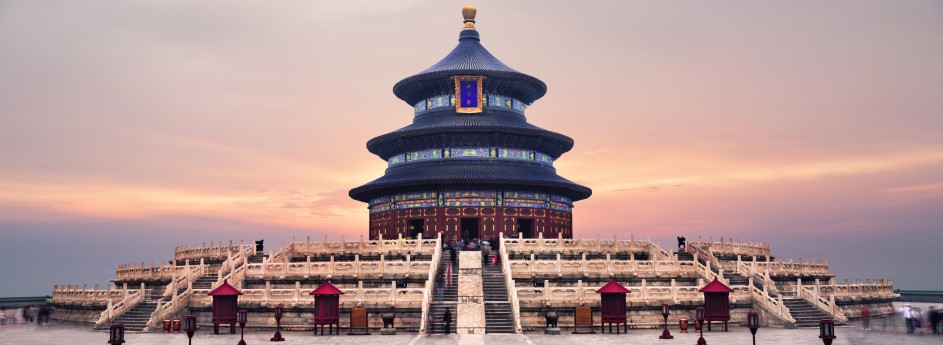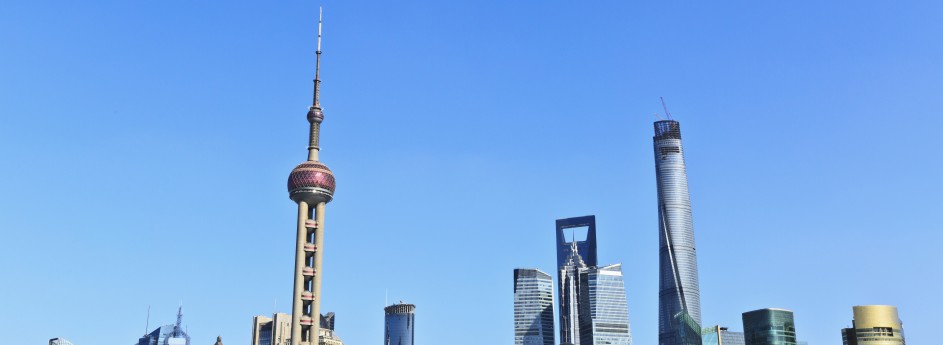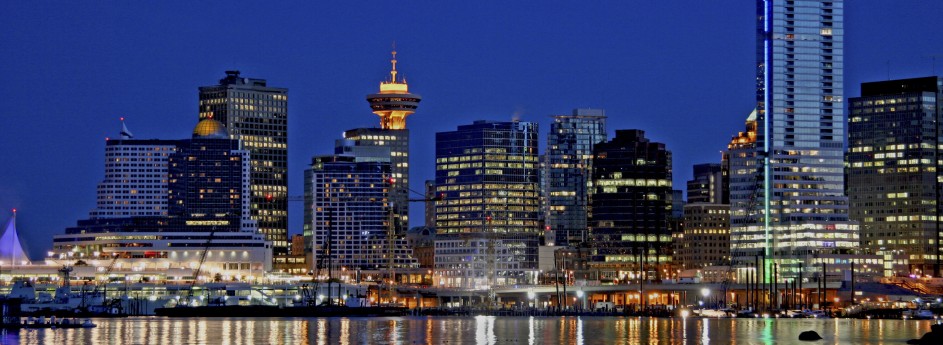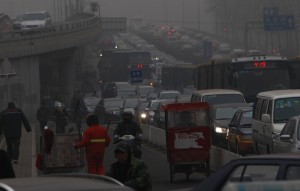China Pivots to Latin America and the Caribbean
As the US tries to pivot to Asia militarily and pitches its Trans-Pacific Partnership (TPP) to East Asian countries at the exclusion of China, China pushes right back by pivoting to America’s backyard, not with weapons and the military but investment, trade, and infrastructure building. Now, that’s the right way to carry out foreign policy!
———-
Chinese President Xi Jinping pledged on Thursday $250 billion (166 billion pounds) in investment in Latin America over the next 10 years, as part of a drive to boost Beijing’s influence in a region long dominated by the United States.
Leaders of the Community of Latin American and Caribbean States, or CELAC – a bloc of 33 countries in the region that excludes the United States and Canada – gathered in Beijing for the first time for a two-day forum on Thursday.
The forum, which also marked the first time China hosted the body, came at a time when Beijing is trying to step up its presence in the region as it clamours for more resources.
Xi said in a speech that two-way trade between China and Latin America was estimated to rise to $500 billion within the next 10 years.
“I believe that this meeting will achieve fruitful results, give the world a positive signal about deepening cooperation between China and Latin America and have an important and far-reaching impact on promoting South-South cooperation and prosperity for the world,” Xi said.
China and Latin America are cooperating in the areas of energy, infrastructure construction, agriculture, manufacturing and technological innovation, Xi said.
China is interested in the region for resources and markets, said Deng Yuwen, a Beijing-based political analyst and former deputy editor of the Central Party School’s journal, Study Times.
“Obviously, China has the intention to compete with the U.S. for a greater sphere of influence in the region,” said Deng. “But whether this strategy will weaken U.S. influence now is hard to judge.”
China, the world’s second-largest economy, is buying oil from Venezuela, copper from Peru and Chile, and soybean from Argentina and Brazil.
In return, China has pumped billions of dollars in investments in the region. On Wednesday, Venezuelan President Nicolas Maduro said he had secured more than $20 billion in investment from China, while Ecuador said it obtained a total of $7.53 billion in credit lines and loans from China.
“To repeat what (former) President Hugo Chavez said, China is demonstrating to the world that a country does not necessarily seek hegemony as it grows stronger,” Maduro said in a speech that was translated into English.
– Reuters
Combatting Air Pollution in Beijing-Tianjin-Hebei
Due mostly to coal-burning power plants and Hebei province’s heavy industrial base that uses much coal and various chemicals, the Beijing-Tianjin-Hebei corridor has become a disaster area for air pollutants. Smog in the region is vicious with the density of particulate matter smaller than 2.5 micrometers (PM2.5) literally off the charts.
Coal consumption in Beijing-Tianjin-Hebei topped 347 million tonnes with Beijing using up 23 million tonnes, Tianjin 53 million and Hebei 271 million in 2012. Hebei makes up around 78% of total consumption in the region, 1/3 of which goes for power generation. Heavy industries such as iron and steel and cement (mostly in Hebei) also take up a large chunk. According to the 2012 China Environmental Statistics Yearbook, Hebei accounts for 77% to 90% of the three main air pollutants in Beijing-Tianjin-Hebei.
In early 2013 official Beijing data showed an average figure of over 300 and readings of up to 700 at individual recording stations. The US Embassy in Beijing, which started monitoring in 2010, recorded substantially higher levels of up to 800 in January 2013, levels that are deemed dangerous to human health. Since then, stricter monitoring of ozone levels and PM2 (ordered in 2012) are gradually being implemented throughout the country and by 2015 all but the smallest cities should be covered. Currently, for most cities, daily official Chinese and US Embassy readings are available online on the Chinese weather channel.
Beijing has repeatedly ordered local governments in China’s most polluted province to “upgrade” their industrial structures to wean them away from heavy industries and coal burning. The industrial restructuring plan for Hebei over 2013-2017 calls for the elimination or restructuring of 60 million tonnes of steel capacity, 60 million tonnes of cement, 40 million tonnes of coal consumption, and 36 million cases of glass by the end of the five year period. As of the end of 2013, the province had already shed 13.74 million tonnes of iron and steel capacity, 3.55 million tonnes of coke, 14.88 million cases of glass, and 17.16 million tonnes of cement.
Last year, Beijing released its Air Pollution Control Regulations that mandated fines of up to 500,000 RMB plus double fines without ceilings. The city also designated seven “Special Air Pollution Law Enforcement Week(s)” resulting in 783 companies fined. Last year, China’s pollution-busters referred double the number of cases of suspected polluters to the police. By end Q3, environmental regulators had sent 1,232 cases to the police compared with 706 cases in all of 2013. Over the last two years, across the country, over 190,000 companies have been penalized for various violations of environmental laws.
The National People’s Congress is drafting even more stringent laws that allow fines of up to 1 million RMB (US$163,000). There will also be stricter standards for China’s estimated 284 million vehicles on the roads as well as further cuts in coal burning and usage by heavy-polluting manufacturing. An early-warning system and set of contingency procedures will be set up for when pollution spikes in already heavily-stricken areas. China will also launch a 50 billion RMB (US$8.13 billion) environmental protection fund financed by the NDRC and the Ministry of Finance to step-up pollution busting. As well, a new environmental protection law covering Beijing-Tianjin-Hebei just came into force at the beginning of the year. Last month, six Chinese companies were fined a record 160 million RMB ($26 million) for discharging tens of thousands of tonnes of waste chemicals into rivers after being sued by a local government-backed social group.
In terms of coal consumption in the capital, on the basis of 2012’s 23 million tonnes, usage will be whittled down to below 10 million tonnes by 2017 (below 19 million tonnes in 2014 and 15 million tonnes this year). Starting last year, non-coal burning areas in the capital will expand from city center to the suburbs and within 4 years all coal burning furnaces will be changed to systems utilizing clean(er) technologies (even though some coal-burning furnaces are already state-of-the-art). In neighbouring Tianjin, coal use will be chopped to 43 million tonnes by 2017, down 10 million from today.
After all these measures (and not forgetting a plethora of local and district level programs), how is JJJ doing in terms of PM2.5 particulates and other pollutants?
Data released by the Chinese Environment Ministry showed of the 10 worst smog affected cities in July last year, 9 were in Beijing-Tianjin-Hebei – Beijing, Tianjin, Tangshan, Xingtai, Shijiazhuang, Baoding, Handan, Langfang, and Hengshui, Jinan, Shandong province, being the lone non-corridor standout. The region’s 13 biggest cities on average had clear skies 57.4% of the time but severe pollution days were 4.4% higher than that of the 74 major cities monitored across the country.
The good news, as the Beijing Environment Protection Agency’s (EPA) monitoring revealed: the capital is making some progress in fighting PM2.5. Last year, Beijing’s PM2.5 density declined by 4% year on year to 85.9 micrograms/m3 compared to the national standard of 35. Sulfur dioxide (SO2) levels fell 11.7%, nitrogen dioxide (NOx) by 1.3% and PM10 by 7.1% while dust levels rose. As a result, the number of “excellent air quality” days rose to 93 days, up 71 days over 2013. Beijing’s EPA has pledged to get PM2.5 levels down to 60 by 2017.
As of August 15 last year, data from the Tianjin EPA showed the city had 105 clear-sky days, up 17 days from the same period in 2013 with only 15 days of severe pollution. PM2.5 averaged 80 micrograms/m3, down 18.4%. In Hebei, during HI, PM2.5 averaged 103 micrograms/m3, down 12.7% from 2013 with SO2 down 26.7%, carbon monoxide down 20% and ozone down 13.9%。As for the corridor as a whole, the China Environment Monitoring Station determined that its 13 biggest cities had raised their clear-sky days by 3.2% over H1 2014.
In view of the mixed record, influential Caijing magazine called for a “united front” in Beijing-Tianjin-Hebei to combat pollution in a coordinated way. Beijing’s clean air action plan urged more “power from gas” and as noted above, coal plants are being switched over to much cleaner gas-burning furnaces. But, Hebei boilers and small industries remain predominately coal-burning. If priority were given to Hebei to switch to gas, pollution in the region could be reduced at twice current rates. In this respect, the magazine advocates the establishment of a regional compensation regime with a focus on supporting Hebei’s industrial upgrading away from coal. With financial help from Beijing and its enterprises, Hebei’s bleak situation could be turned around more quickly and at less overall cost.
China’s Environmental Groups Encouraged to Sue Polluters
Encouraging environmental groups to sue major polluters is an excellent development but the situation in the Beijing-Tianjin-Hebei corridor remains especially egregious as will be shown in the next post.
——————
China on Wednesday granted public interest groups more power to sue those that flout environmental protection laws, the country’s highest court said, as Beijing steps up efforts to curb pollution that regularly chokes major cities.
Social groups that work to fight polluters judicially will gain special status and have court fees reduced, the Supreme People’s Court said on its website.
They will also be allowed to sue firms or individuals across China, regardless of where the organisation is based.
The term the court used for the groups covers both NGOs and government-backed organisations, although it was not immediately clear whether independent environmentalists will benefit from the regulations.
China has more than 700 registered and regulated environmental protection groups, the official Xinhua news agency cited a ministry official as saying.
The new rules came into force on Wednesday, the court said, adding that they were issued “in response to questions on the matter”.
Premier Li Keqiang announced last year that the country was “declaring war” against pollution, and a series of measures have been announced.
Last month, six Chinese companies were fined a record 160 million yuan ($26 million) for discharging tens of thousands of tonnes of waste chemicals into rivers after being sued by a local government-backed social group.
– AFP




